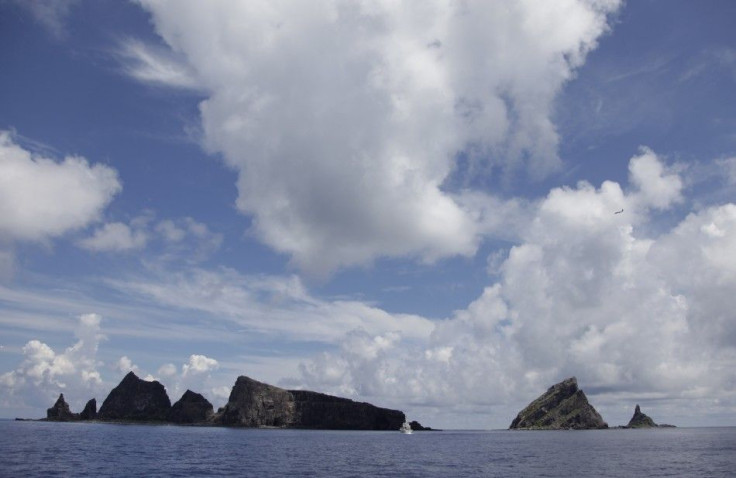Japan To Boost Surveillance, Military Headcount Amid Tensions With China Over Senkaku (Diaoyu) Islands

Amid simmering territorial tensions with China over a group of islands in the East China Sea, Japan will boost its military headcount, the biggest increase in two decades.
While the increase is slight, by only 287 out of a total standing force of 225,000, the new personnel will be primarily tasked with monitoring the situation in a disputed nautical region vital to the transport of goods and materials. The new military staff will be added by April, according to Japanese officials.
Defense Minister Itsunori Onodera said Sunday after meeting Finance Minister Taro Aso for budget talks that the new personnel “would allow us to firmly reinforce our surveillance activities in the southwest."
The news comes amid an ongoing dispute between Japan and China over a tiny group of uninhabited islands, known as Senkaku in Japan and Diaoyu in China. They lie southwest of Japan's southernmost prefecture, Okinawa, east of the Chinese mainland, and just north of Taipei. They have come to symbolize a struggle over control over nautical territory. China claims much of the waters that are shared by Japan and southeast Asian countries. Last week the Philippines demanded international arbitration over China's nautical claims.
Japan’s Self-Defense Forces (SDF) had been keeping a constant vigil over the airspace near the islands, dispatching radar-equipped aircraft to prevent intrusions by Chinese aircraft, Japanese newspaper Yomiuri Shimbun reported Monday.
The island dispute escalated in recent months to the point that Beijing and Tokyo scrambled fighter planes Jan. 11 over airspace incursions near the contested islands. The incident was triggered when the Chinese government sent a civilian surveillance plane to fly near the disputed islands.
Tokyo, in response, ordered F-15 fighter jets to tail the Chinese surveillance plane, which prompted Beijing to send their own J-10 fighters.
In a similar incident Jan. 15, Japan’s Air Self-Defense Force (ASDF) scrambled fighters to the Islands after a propeller-driven airplane belonging to China's State Oceanic Administration flew about 120 kilometers north of Kubajima, one of the islets, the Yomiuri Shimbun reported.
The ASDF deploys F-15 fighters from Naha Air Base, about 400 kilometers from the Islands. The fighters first transmitted a warning to Chinese aircraft in English to change course before swinging their main wings as a warning against entering the Japanese airspace, according to the report.
For the first time in 11 years, the new nationalist government in Japan headed by Shinzo Abe decided to increase the defense budget for fiscal 2013 from the current fiscal year ending in March, according to a report by Yomiuri Shimbun on Jan. 9.
The budget appropriation request for defense spending for Japan’s next fiscal year is expected to be increased by more than 100 billion yen ($1.1 billion), part of which will be used for research on upgrading radar technology, according to the officials.
© Copyright IBTimes 2024. All rights reserved.












